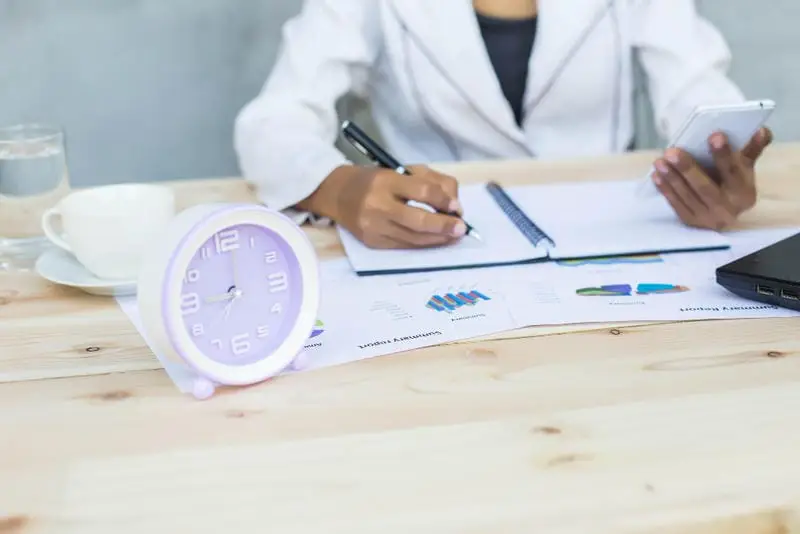- Published on: May 22, 2020
- 1 minute read
- By: Dr Rajan Choudhary
Corona Virus In Young Patients And Kids
Kids seem to be relatively unaffected by COVID, but this does not mean they are invulnerable. As with adults, some children have pre-existing cardiac, respiratory, or metabolic conditions, and are therefore more vulnerable to the effects of COVID. Interestingly, children appear to have one more symptom when infected with coronavirus – COVID Toes.
I personally came across this phenomenon recently, with a young patient asymptomatic for COVID who presented with unusual symptoms of dark bruises on his toes. This had been present for just a few days. He did not have any pain, itching, swelling, no recent trauma, or injury to the feet. Circulation to his feet was normal, with no other rashes or skin changes, no other abnormal features in the history to note. It was certainly an odd presentation and certainly could have been an example of COVID toes.
This new phenomenon was noticed in April and has not gained as much notoriety because it is fairly rare compared to the major COVID symptoms, such as fever, cough, and lethargy. Doctors have described lesions on the feet of young people, usually purple-colored, around the tips of the toes. They have been compared to chilblains, painful swellings on feet, and toes that appear in the cold. Similarly to chilblains they do not cause any permanent damage and usually regress in days to weeks.
It's not clear why they occur or the mechanism behind the discoloration, because the presentation is rare and in healthy patients. We know COVID can cause systemic inflammation and can increase the risk of clot formation. It may be that localized inflammation is occurring in the toes, causing the vessels to clamp down and reduce blood flow to the area. This is similar to the mechanism for chilblains forming in the foot. Micro-clotting could also be partially responsible for this phenomenon.
COVID Toes is not the only skin symptoms related to COVID. In a paper published in the British Journal of Dermatology, researchers described five common skin presentations in 375 COVID patients. These were:
- Asymmetrical chilblain like lesions in the hands and feet, found in younger patients lasting up to 2 weeks.
- Small itchy blisters in the trunk and limbs, found in middle-aged patients before they present with symptoms, lasting about 10 days
- Pink or white areas of raised skin, itchy, usually on the body
- Raised bumps called macropapules, lasting about a week, seen in more severe infections.
- Mottled, blotchy red-blue skin (known as livedo) seen in patients with severe illness.
So if you are currently suffering from COVID or have recently recovered from an infection, and suddenly notice odd colored toes, you too may have a case of COVID toes.
Dr Rajan Choudhary, UK, Chief Product Officer, Second Medic Inc
www.secondmedic.com
Our Services
Request A Callback
Recent Posts
TB disease symptoms
Dec 26,2025
early signs of hormonal imbalance
Dec 26,2025
common nutritional deficiencies in adults
Dec 26,2025
how air pollution impacts respiratory health
Dec 26,2025









